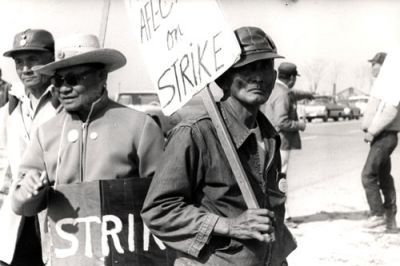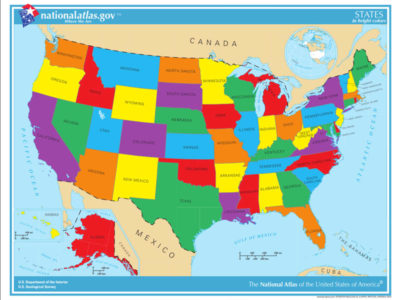Mrs. Palsgraf, Meet Enviromental Law
A case involving a freakish accident with fireworks casts a big shadow in environmental law.
Today in my first-year Torts class, I teach the Palsgraf case, one of those cases that every lawyer knows by heart. More about Palsgraf in a moment. It’s a tort case, so it won’t surprise you that oil companies use similar arguments against having to pay damages for climate change. But it may be more surprising that the same doctrine pops up in NEPA and in the constitutional law of standing.
Palsgraf one of the handful of cases that lawyers remember longer after leaving law school. It involved a freak accident that began when a railroad guard carelessly made a passenger’ drop a package. The package turned out to contain fireworks, which went off.. Mrs. Palsgraf, who was nowhere near, was injured when some scales fell over. The court said that the railroad wasn’t liable because the her injury was unforeseeable. Although the guard had set in motion a chain of events that harmed Mrs. Palsgraf, the guard couldn’t fairly be held responsible, and neither could the guard’s employer. In legal jargon, the guard’s carelessness wasn’t the “proximate cause”of the accident.
One unexpected place where proximate cause has popped up involves environmental impact statements. Until a year ago, NEPA contained only a simple command: agencies must discuss the significant environmental impacts of their actions. It’s not practical, or useful, to discuss every imaginable effect of an action, and the Supreme Court soon turned to the idea of proximate cause as a model: an agency has to discuss environmental effects only when they would be proximately caused by its actions.
When Congress rewrote NEPA in 2023, it added explicit language about proximate cause: agencies only need to discuss “reasonably foreseeable” environmental effects — the same standard used in Palsgraf. The regulations implementing the 2023 amendment define reasonably foreseeable to mean “sufficiently likely to occur such that a person of ordinary prudence would take it into account in reaching a decision.”
Some events may take place at a distance or far into the future. But a reasonable person would not ignore a significant risk based on such arbitrary factors. For instance, as many courts have held, NEPA should be interpreted to require the agency to consider the impacts of its actions on climate change. Few things are more foreseeable or more environmentally significant than the environmental effects of greenhouse gases.
Proximate cause also crops up in the law of standing. In order to establish standing, a plaintiff needs to show that the defendant’s legal act has caused them harm. But as Palsgraf illustrates, causation by itself isn’t enough, and the Supreme Court has added an extra requirement: the injury must be “fairly traceable” to the defendant’s action. That’s just a variation on the proximate cause theme. Applying this test in Massachusetts v. EPA, the Supreme Court held almost twenty years ago that increases in climate change would be fairly traceable to failure to regulate carbon emissions from cars.
When he wrote the Palsgraf opinion nearly a century ago, Justice Benjamin Cardozo had no way of knowing that his idea would be repurposed by the courts to interpret a federal environmental law like NEPA or imported into a constitutional doctrine about the power of the federal courts.
Yet, Palsgraf does capture an insight that goes beyond its original setting. On the one hand, Judge Cardozo’s theory recognizes that human beings can’t take into account every remotely conceivable effect of their actions. On the other, it makes it clear that we cannot evade responsibility for significant risks that we have the ability to anticipate. It’s one of the oddities of legal history that this idea was first articulated in an oddball case about a clumsy railroad guard.







Reader Comments